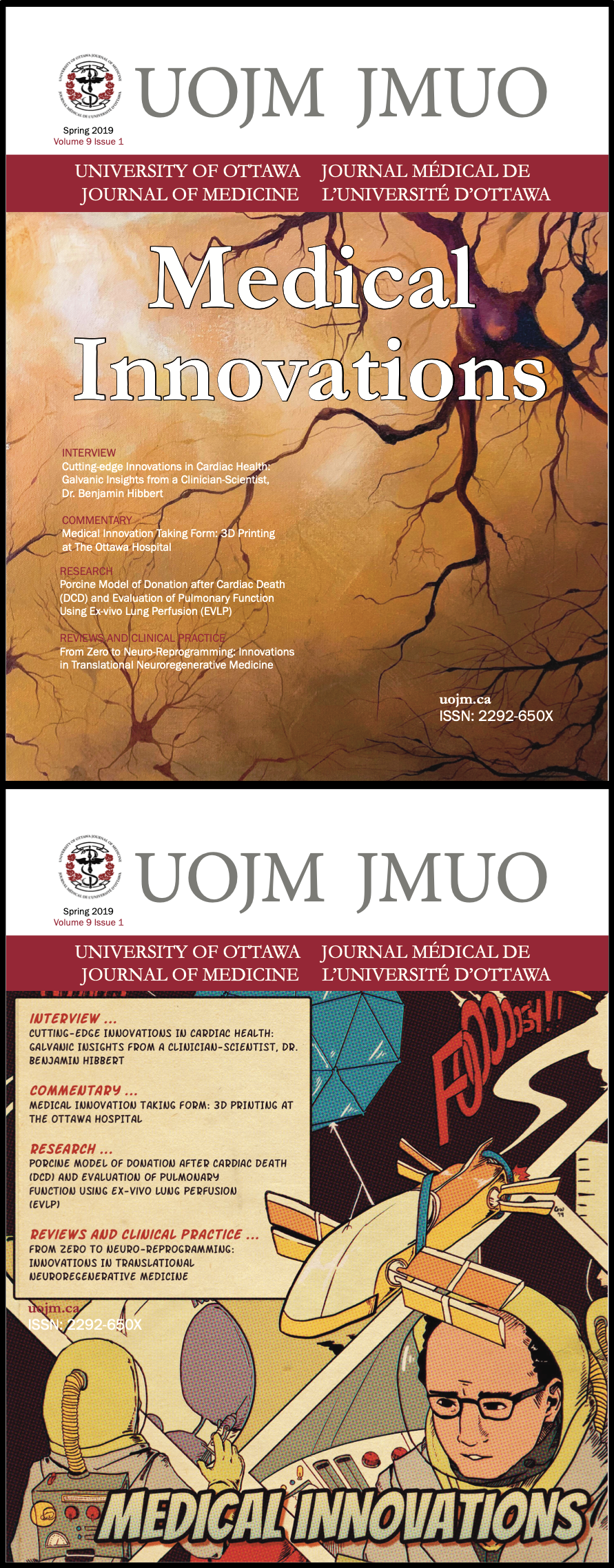Efficacy and Toxicity of Treatments for Primary Central System Lymphoma: Review of the Recent Literature
DOI :
https://doi.org/10.18192/uojm.v9i1.4184Mots-clés :
Primary Central Nervous System Lymphoma, Chemotherapy, Radiation Therapy, Autologous Stem Cell TransplantRésumé
Primary Central Nervous system lymphoma (PCNSL) is an uncommon type of central nervous system lymphoma, most commonly presenting as hemiparesis and headache. Currently, there is a wide range of treatments for PCNSL, consisting of various permutations between chemotherapy, radiation and autologous stem cell transplant (ASCT). Although the backbone of PCNSL treatment consists of High-dose Methotrexate (HD-MTX), the role of combination versus single agent chemotherapy, combined modality (chemotherapy + radiation) versus chemotherapy or radiation alone, and the use of consolidative ASCT are contested. Surgery does not have a role in the treatment of PCNSL although stereotactic biopsies tend to help with symptomatic relief. Radiation monotherapy is generally reserved for patients with contraindications to chemotherapy or as a palliative measure. Combined chemotherapy and radiation treatment has been shown to have a great efficacy, although its increased neurotoxicity compared to chemotherapy alone is a major drawback. A growing body of research is focused on comparing the efficacy of various chemotherapeutic regimens. Currently, the MATRix regimen comprising of HD-MTX(3.5g/m2)-cytarabine/rituximab/thiotepa is widely used. The additional survival benefit of ASCT is contested although its role in the treatment of refractory or relapsed PCNSL is generally agreed upon. Finally, intrathecal HD-MTX has been shown to have added survival benefit when added to the standard therapies. Further retrospective and prospective studies are required to compare the efficacy and toxicity of various treatment options, with a focus on different chemotherapeutic agents and ASCT.
Téléchargements
Publié-e
Numéro
Rubrique
Licence
- Les auteurs qui publient dans le JMUO gardent les droits d’auteur de leurs articles, incluant tous les brouillons et la copie finale publiée dans le journal
- Bien que le JMUO n’a pas les droits d’auteur des articles soumis, en acceptant de publier dans le JMUO, les auteurs donnent le droit au journal d’être les premiers à publier et à distribuer leurs articles.
- Par la suite, les auteurs peuvent soumettre leurs documents à d’autres publications, incluant des revues ou des livres, avec un remerciement de leur première publication dans le JMUO
- Des copies du JMUO seront distribuées à la fois sous format papier et en ligne, et tous les matériaux seront accessibles au public en ligne. Le journal n’a pas de responsabilité légale par rapport à la distribution publique du contenu.
- Prière de vous assurer que tous les auteurs, les coauteurs et les investigateurs
- Le contenu est rendu disponible sous licence Creative Commons Attribution - Pas d'Utilisation Commerciale - Pas de Modification 4.0 International.


